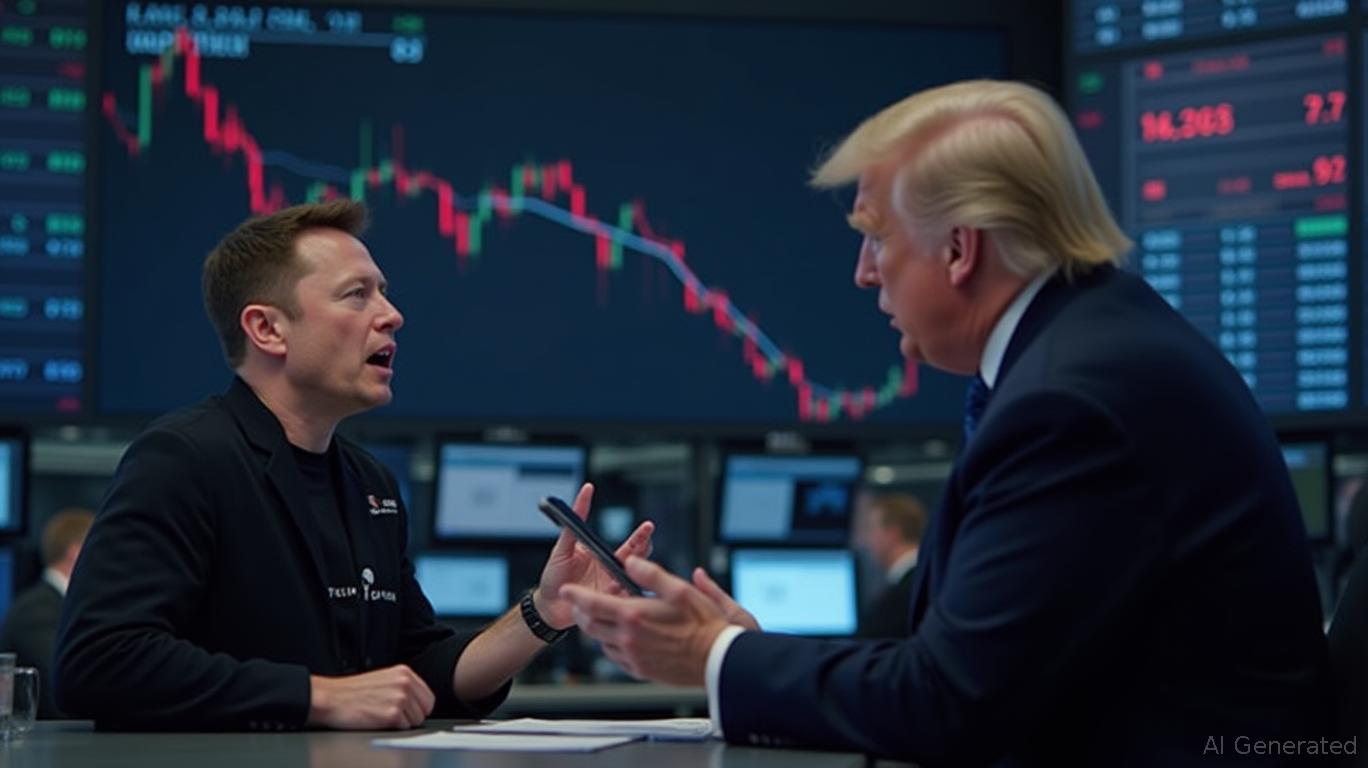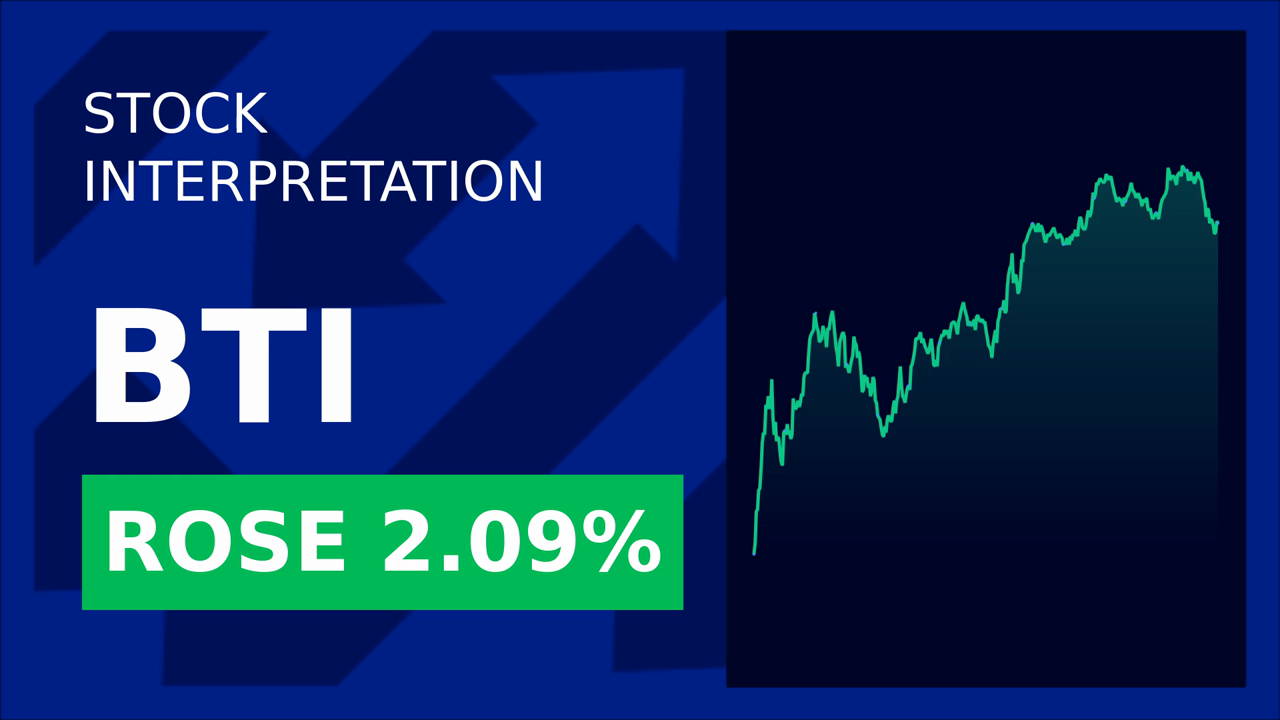JBT Marel’s Q1 Results: Adjusted Earnings Drop Amid Integration Costs, Outlook Suspended Due to Macro Risks
The merger of JBT Corporation and Marel in late 2023 has entered a critical phase, with the newly combined jbt marel reporting a first-quarter performance that highlights both operational progress and the challenges of global economic turbulence. While adjusted earnings and revenue trends remain positive, the company has suspended its full-year 2025 outlook due to macroeconomic uncertainty—a move that underscores the fragility of supply chains and trade policies in today’s volatile environment.

Q1 Financial Snapshot: Costs Weigh on GAAP Metrics, But Operational Strength Persists
- Revenue rose 12% year-over-year to $854 million, driven by strong demand in poultry, meat, and pet food segments. Recurring revenue (services and consumables) accounted for 53% of sales, a testament to the company’s shift toward predictable income streams.
- Orders surged to $916 million, pushing the backlog to a record $1.3 billion—a critical indicator of future revenue visibility.
- Net income was -$173 million, but this reflected non-cash charges:
- $147 million from the U.S. pension plan settlement,
- $74 million in M&A-related costs,
- $42 million in acquisition amortization, and
- $11 million in restructuring.
- Adjusted EBITDA was $112 million, with a margin of 13.1%, while adjusted EPS came in at $0.97, both above consensus estimates.
Ask Aime: What's next for JBT Corporation post-merger with Marel?
The key takeaway? One-time costs are obscuring operational momentum. The company’s core business—providing equipment and services for food processing, beverages, and pharmaceuticals—is thriving, but the merger’s integration costs and macroeconomic headwinds are testing investor patience.
While JBT’s shares have dipped slightly since the merger announcement, the stock’s long-term trajectory will hinge on executing its synergy targets and navigating trade policy risks.
Synergy Progress: On Track, But Savings Are Still a Work in Progress
The merger’s primary goal—achieving $35–$40 million in annualized cost savings by 2025—remains intact. Q1 restructuring costs of $11 million are expected to generate $12–$15 million in-year savings and $15–$20 million in annualized savings, with full-year restructuring costs projected at $25–$30 million. Supply chain initiatives could add another $15 million in savings this year.
Crucially, the company now expects $80–$90 million in annualized run-rate savings by year-end, a figure that could rise if synergies materialize faster than anticipated. However, the $1.3 billion backlog suggests demand remains robust enough to offset near-term cost pressures—assuming global trade policies don’t disrupt supply chains further.
Segment Performance: JBT Leads, Marel Lags
- JBT segment: Revenue grew 14% to $409 million, with an adjusted EBITDA margin of 14.9%, reflecting its focus on high-margin services.
- Marel segment: Revenue rose 10% to $445 million, but its adjusted EBITDA margin of 11.5% trailed JBT’s performance.
This divergence hints at integration challenges, particularly in harmonizing Marel’s operations with JBT’s more services-oriented model. Management will need to address these disparities to fully capitalize on cross-selling opportunities.
Q2 Guidance: A Narrow Focus Amid Uncertainty
The company suspended its full-year outlook but provided granular Q2 metrics:
- Revenue: $885–$915 million, including a $10–$15 million forex tailwind.
- Adjusted EBITDA margin: 14.5–15.25%, up from 13.1% in Q1.
- Adjusted EPS: $1.20–$1.40, suggesting sequential improvement.
Investors should monitor whether JBT Marel can sustain this margin expansion while managing restructuring costs. The Q2 results will also test the company’s ability to navigate rising trade-related costs, as tariffs and geopolitical risks continue to pressure profitability.
Risks and Mitigation: Trade Policy and Supply Chain Volatility
The suspension of the full-year outlook underscores two critical risks:
1. Trade policy uncertainty: Tariffs and geopolitical tensions could disrupt supply chains, forcing higher input costs or reduced demand.
2. Execution risk: Synergies depend on smooth integration, vendor negotiations, and reshoring efforts—all of which could falter in a volatile environment.
Management’s proactive measures—such as renegotiating vendor contracts, raising prices, and reshoring suppliers—suggest it’s prepared for these challenges. However, the $3.2x leverage ratio (down from 3.4x in January) and $1.3 billion liquidity buffer provide a cushion to weather short-term headwinds.
Historical revenue trends show consistent expansion, but investors must weigh this against the merger’s integration costs and macro risks.
Conclusion: A Long-Term Play, But Patience Is Required
JBT Marel’s Q1 results reveal a company in transition: operational metrics are healthy, synergies are on track, and demand remains robust. However, the merger’s upfront costs and macroeconomic volatility have created near-term turbulence.
The $1.3 billion backlog and improved leverage ratios suggest the company is well-positioned to capitalize on long-term trends in food processing automation and recurring service revenue. If it can achieve its $90 million annualized synergy target by year-end, adjusted EBITDA could grow meaningfully in 2026 and beyond.
Investors should focus on adjusted metrics (EBITDA, margins, and EPS) rather than GAAP losses, which are skewed by one-time costs. The suspension of full-year guidance is prudent given external risks, but Q2’s detailed targets offer a path forward.
Final Take: JBT Marel’s stock is a bet on merger execution and global food industry resilience. While short-term uncertainty persists, the company’s structural advantages—a global footprint, recurring revenue streams, and clear synergy targets—make it a compelling long-term investment. However, investors must brace for volatility until macro risks abate and synergies fully materialize.










